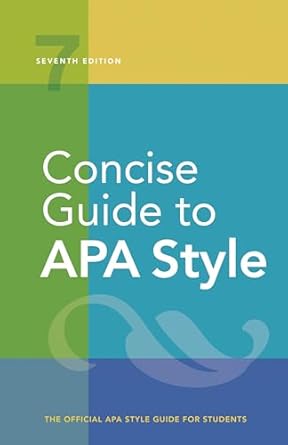[toc]
reduce bias language guide for researchers clinicians
Concise Guide to APA Style: 7th Edition (OFFICIAL)
Page 93 Review
Reducing Bias in Language: A Critical Analysis
This excerpt highlights the importance of mindful and respectful language use, particularly in clinical and research contexts.
It emphasizes avoiding potentially stigmatizing or inaccurate terms and promoting people-first language.
Appropriate Terminology for Participants
The text begins by addressing suitable terms for individuals involved in research:
“‘children,’ or ‘respondents’ as well as the more general terms ‘participants’ and ‘subjects’ are acceptable. ‘Subjects’ and ‘sample’ are also customary when discussing established statistical terms and experimental designs (e.g., ‘within-subjects design,’ ‘between-subjects design,’ ‘sample-size-adjusted Bayesian information criterion,’ ‘between-samples estimate of the variance’).”
This clarifies that while “participants” is generally preferred, other terms like “children” or “respondents” might be appropriate depending on the specific context.
It also acknowledges the continued use of “subjects” and “sample” in statistical discussions.
The Use of “Patient” vs. “Client”
The excerpt then delves into the appropriate use of the terms “patient” and “client”:
“Use the term ‘patient’ to describe an individual diagnosed with a mental health, behavioral health, and/or medical disease, disorder, or problem who is receiving services from a health care provider (e.g., psychologist, physician, nurse, or other provider).
This language is consistent with the language used in the health care system and promotes psychologists as being perceived as a part of, and consistently integrated into, the culture of interprofessional, integrated health care.
However, in academic, business, school, or other settings, the term ‘client’ (or some other term) might be preferred instead of ‘patient.’ Within all contexts, respect the individual and/or cultural preferences expressed by recipients of psychological services and their families when you choose language to describe those individuals, families, or populations. (For further information, see Resolution for the Use of the Term Patient; APA, 2018.)”
This section advocates for using “patient” within healthcare settings to align with established practices and emphasize the integration of psychologists into interprofessional care.
However, it acknowledges that “client” or other terms may be more suitable in academic, business, or school environments.
Crucially, it emphasizes prioritizing individual and cultural preferences.
Person-First Language and Avoiding Reductionism
The text further stresses the importance of differentiating between a condition and the individual experiencing it:
“It is also important to recognize the difference between a case, which is an occurrence of a disorder or illness, and a person who is affected by the disorder or illness and is receiving care from a health care professional.
For instance, ‘manic-depressive cases were treated’ is problematic; revising the sentence to read ‘the people with bipolar disorder were treated’ differentiates the people from the disorder.
Likewise, in the medical context, avoid the terms ‘patient management’ and ‘patient placement.’ In most cases, the treatment, not the patient, is managed; some alternatives are ‘coordination of care,’ ‘supportive services,’ and ‘assistance.’”
This emphasizes person-first language, urging writers to focus on “people with bipolar disorder” rather than “manic-depressive cases.” It also critiques terms like “patient management,” suggesting alternatives that emphasize care and support.
Avoiding Broad and Unexplained Terms
Finally, the excerpt cautions against using broad clinical terms without proper explanation:
“Broad clinical terms such as ‘borderline’ and ‘at risk’ should be properly explained when used.
Avoid using these terms in a broad sense (e.g., ‘the diagnosis was borderline,’ ‘at-risk students’) because such usage obscures the specific clinical or psychometric meaning of the terms.
For example, ‘the diagnosis was borderline’ in a neuropsychology and psychometric testing context may be clarified to specify a score on a specific test or instrument (e.g., ‘standard scores between 70 and 80 are considered psychometrically borderline, or between the low average and mildly impaired ranges, indicating a risk for a diagnosis of X’), whereas in a diagnostic context, ‘the diagnosis was borderline’ may be clarified to specify a diagnosis (e.g., borderline personality disorder).
When using the term ‘at risk,’”
This highlights the need to define terms like “borderline” and “at risk” precisely, avoiding vague or generalizing applications.
Specific examples are given to illustrate how to clarify the meaning of these terms in different contexts.
Conclusion
This excerpt provides valuable guidance on using respectful and accurate language in clinical and research settings.
By promoting person-first language, emphasizing clarity, and encouraging sensitivity to individual preferences, it contributes to reducing bias and fostering a more inclusive and respectful environment.
Buy full ebook for only $18: https://www.lulu.com/shop/american-psychological-association/concise-guide-to-apa-style-7th-edition-official/ebook/product-rmzpq54.html?page=1&pageSize=4


Leave a Reply